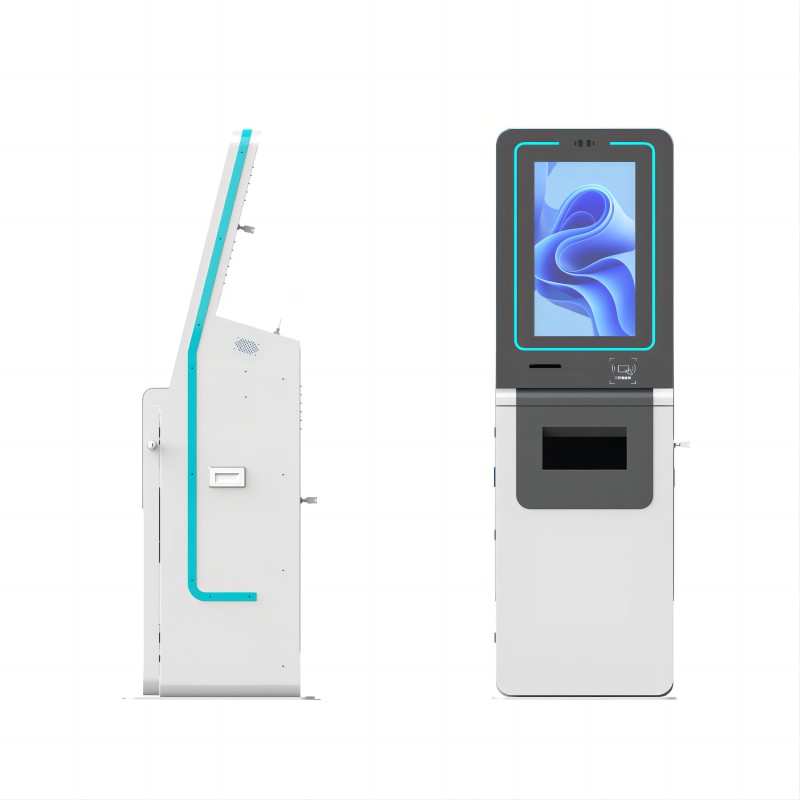
Airport kiosk technology encompasses a variety of self-service systems designed to streamline passenger check-in, enhance security processes, and improve overall traveler experience. Here are some key types of airport kiosk technologies commonly found in airports:
1. Self-Service Check-in Kiosks:
Purpose: Allows passengers to check-in for their flights, select seats, print boarding passes, and in some cases, tag their own baggage.
Features: Typically equipped with touchscreens, barcode scanners for passport or ID verification, and receipt printers. Some advanced models may include biometric scanners for identity verification.
2. Baggage Drop Kiosks:
Purpose: Enables passengers who have already checked in online or via a kiosk to drop off their checked baggage quickly and efficiently.
Features: Often located near airline check-in counters or integrated with self-service check-in kiosks. Includes conveyor belts and scanners to process and route baggage to the appropriate flights.
3. Security and Immigration Kiosks:
Purpose: Facilitates expedited security and immigration processes for pre-approved travelers or those eligible for automated clearance programs.
Features: Utilizes biometric technology such as facial recognition or fingerprint scanning for identity verification. Allows eligible passengers to bypass traditional queues, enhancing security efficiency and passenger flow.
4. Information and Wayfinding Kiosks:
Purpose: Provides passengers with maps, directions, flight information, airport services, and local amenities.
Features: Touchscreen interfaces with interactive maps, real-time flight updates, dining options, transportation details, and emergency information. Often located throughout terminals for easy access.
5. Retail and Services Kiosks:
Purpose: Offers passengers convenient access to retail, food, and beverage options, as well as other airport services.
Features: Touchscreen interfaces for browsing menus, making orders, and processing payments. May include options for delivery to gate areas or pre-ordering for pickup.
6. Multilingual and Accessibility Kiosks:
Purpose: Ensures accessibility and provides information in multiple languages to accommodate international travelers and passengers with disabilities.
Features: Language selection options on touchscreens, audio output for visually impaired users, and adjustable height or accessible design elements.
7. Interactive Digital Signage:
Purpose: Displays dynamic content such as flight status updates, advertising, and promotional messages.
Features: High-definition screens with interactive capabilities, incorporating touchscreens for passenger engagement and information retrieval.
8. Maintenance and Reporting Kiosks:
Purpose: Used by airport staff for reporting maintenance issues, managing facilities, and monitoring operations.
Features: Secure access with administrative controls, real-time data reporting, and integration with airport management systems for efficient maintenance and facility management.
Airport kiosk technology aims to improve operational efficiency, reduce wait times, and enhance passenger satisfaction by providing self-service options for various aspects of travel. As airports continue to adopt advanced technologies, the role of kiosks in enhancing the overall airport experience is expected to expand further.